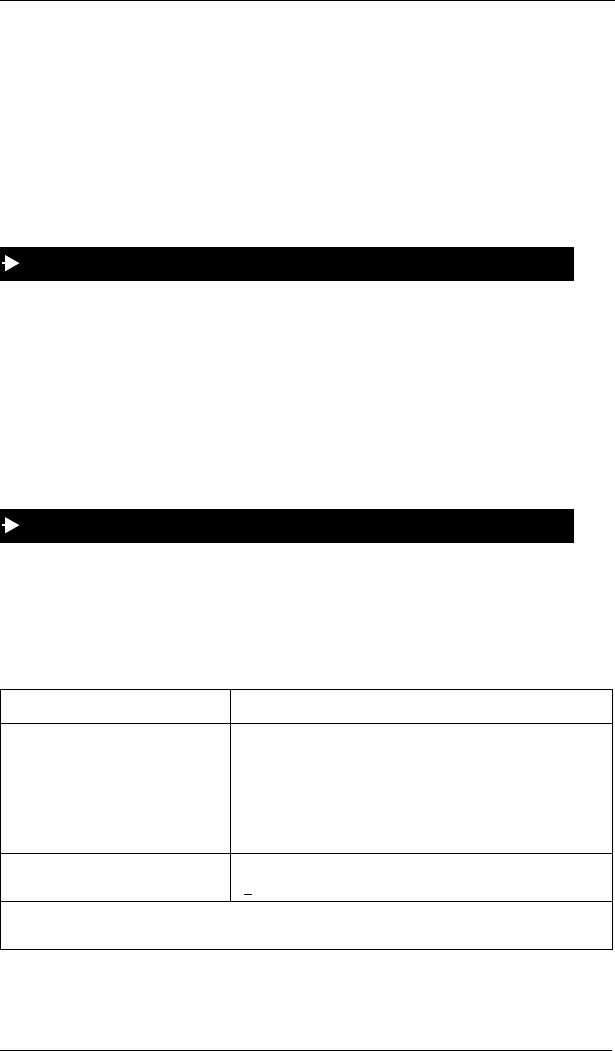
5. Communicating Within Your Office
60 ICX (International), issued March 1999 ICX-35-750
When the message indicator lamp flashes, it indicates either a callback message
from another extension or, if your system uses voice mail, a voice message. For a
callback message, the display reflects the extension or name that sent the message.
For a voice message, the display reflects that a new message has been received.
If multiple messages have been received, the display reflects the number of
messages and indicates the origin of the first message (i.e., the extension number or
voice mail).
Note: You can use the MSG key to answer callback requests.
1. Pick up the handset or press the ON/OFF key.
2. Dial the extension number.
3. While the phone is still ringing or when you hear the busy tone, enter the
Message Wait code (default = 4 [HK/UK] or 4#). (The message lamp flashes at
the called extension.) (Note: You may need to dial 1 to change to tone calling
before sending the message.)
4. Replace the handset or press the ON/OFF key.
Note: Multiple messages are accessed in the order in which they are received.
1. Pick up the handset or press the ON/OFF key.
2. Do one of the following:
3. Replace the handset or press the ON/OFF key.
To . . . Do . . .
Answer a callback request Enter the Message Wait/Callback Set code (default =
*6
).
Or, press the
MSG
key.
• Phone automatically dials the extension that sent
the callback request
• Message lamp goes off when the call is answered
*
Cancel a Message Waiting/
Callback request
Enter the Cancel Message Waiting/Callback code
(d
efault =
*5
).
*
Only the person receiving a Message Waiting/Callback request can cancel the request. (The
sender of a callback request cannot cancel the request once it has been sent.)
To send a Message Waiting/Callback request
To respond to a Message Waiting/Callback request
